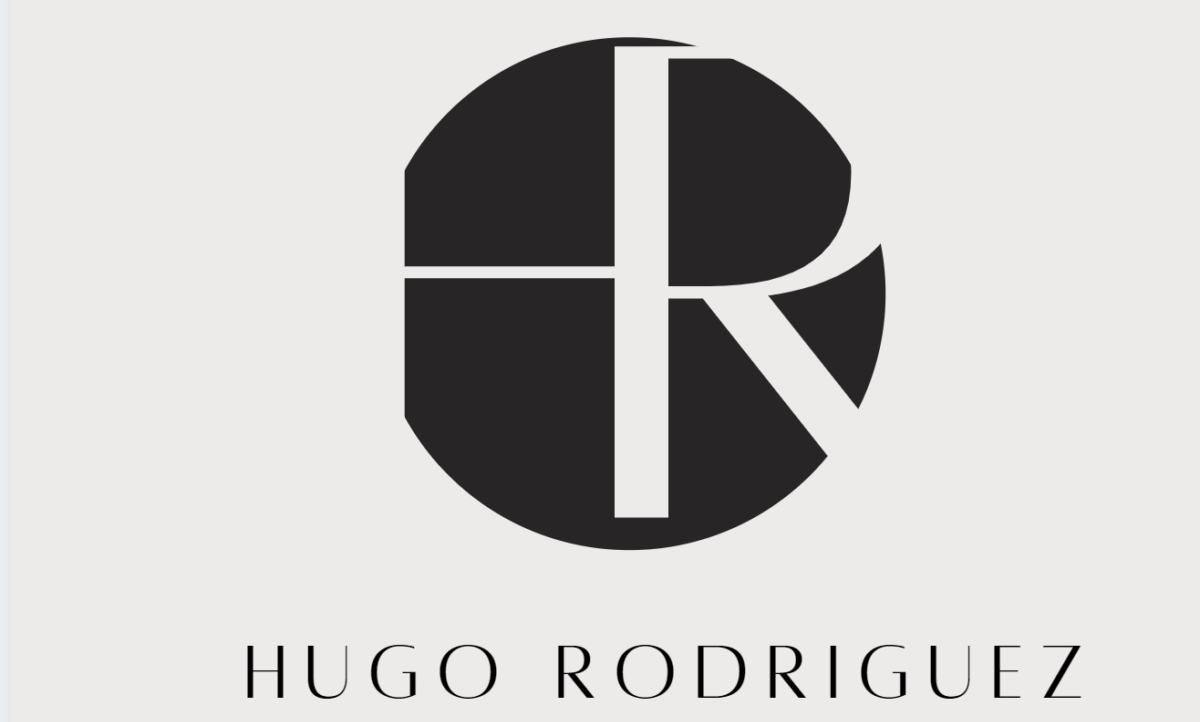
figure 7
An overview and analysis of current color, fiber, and fashion trends, as well as their impact upon sales
forecasting. Students will research, analyze, and develop fashion forecasts related to specific seasons in
the apparel industry
BUF 3100 TREND FORECASTING & SOCIAL MEDIA
TREND FORECASTING PROJECT
Part 1: Developing Trend Reports
You are assigned to a team to develop a two-year fashion forecast for a major fashion forecasting
company. This report will focus on one category (for example: men’s, women’s, children) and one type
of fashion product (trench coat, day dress, etc.). From this your team will select and analyze five
different trends.
Research
Fashion forecasting is a visual and process, and relies on intuition as much as quantitative analysis.
Sources for your research will include trade publications (such as Women’s Wear Daily, DNR, and
Accessories) and consumer publications (such as Vogue, In Styles, People). European style is important.
Look for international online sources such as www.thelondontimes.com, www.parismatch.com,
www.internationalheraldtribune.com, www.instyle.com, and www.style.com. Perform your own first
hand research: to visit stores, walk the streets, and look around you at what is currently popular:
“people watching” will provide great intuition.
Identify the basic facts about each trend by using information from past forecasts.
Research fashion trends from a variety of online and paper sources.
Explain the trend’s appeal to the specific target market.
Complete a VALS (Values Attitudes and Lifestyles Survey).
Perform a Market Segmentation Analysis, evaluating geographic, demographic, psychographic
and behavioralistic factors.
Evaluation of the Research
What are the changes?
What are causes of change (new trend)?
What are the cultural factors they may have caused change? (economy, war, royalty, death, rise
of a celebrity)
Is this a new or repeating trend?
Generating the Forecast
Determine the differences in fabric, styling, color, fit and silhouette.
Determine the factors likely to affect trends in the future.
o Why will this trend change in the future?
o How will the trend in 2 years from now? What are the differences?
Apply forecasting techniques, paying attention to issues of accuracy and reliability.
Make sure to use correct forecasting terminology such as pendulum swing, cycles, waves,
innovators.
You will research each trend using the above steps. Reading trade and consumer publications can
accomplish this. Popular culture and fashion websites will also be helpful. In addition, observation will
be done by visiting stores to see how the trend is being merchandised. It will be important to observe
how consumers are interpreting the trend.
Assembling the Report
Each trend will be presented in a book format (bind it as a real book). Each forecast should include the
following
Create a name for the trend that is descriptive and evocative.
Create a narrative that tells the story in an exciting way (see www.fashiontrendsetter.com).
Current Trend Research
Trend Report (5 pages: 1 for each trend forecast) – Write a descriptive page outlining the
importance of the trend and the direction it is taking.
Sketch of trend for 2 years from now.
Proposed colors for the season. (Provide paint swatches, but create color names.)
Proposed fabrics for the season. (Provide fabric swatches.)
Formatting
The trend research should be at least five pages
Use Times New Roman 12 point font.
The proposed sketch and trend story should be on the same page
Consider a foldout to group story, sketch, color and swatches per trend
PART II – FINAL ORAL PRESENTATION
In addition to the book, the project will be presented orally to the class. Provide visual displays (such as
PowerPoint, trend boards, or online presentation) to enhance the presentation.



